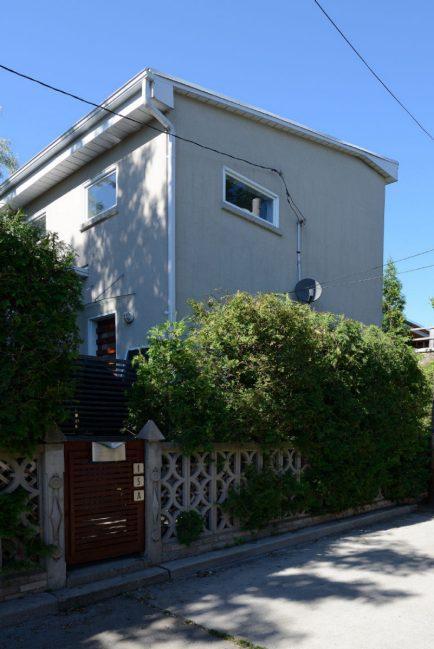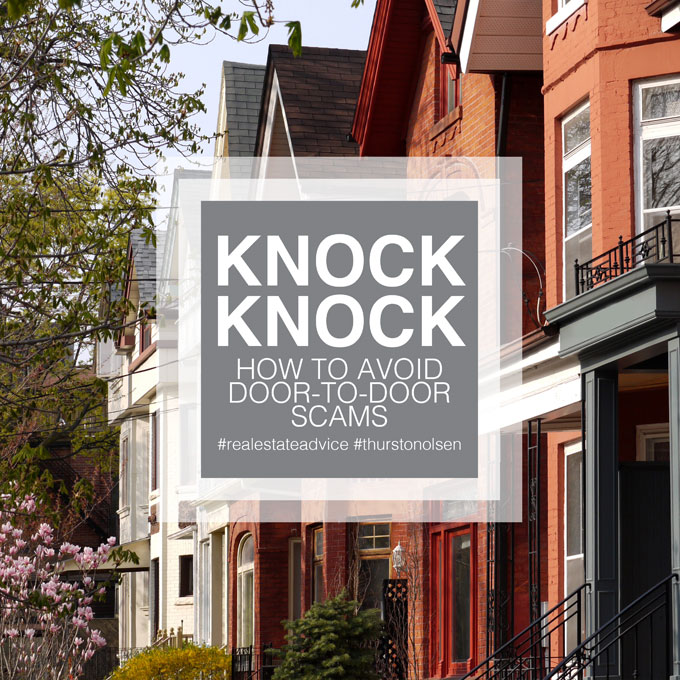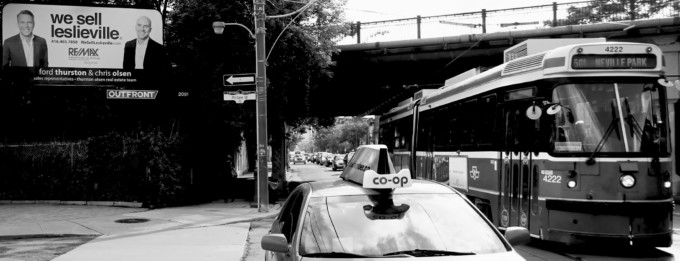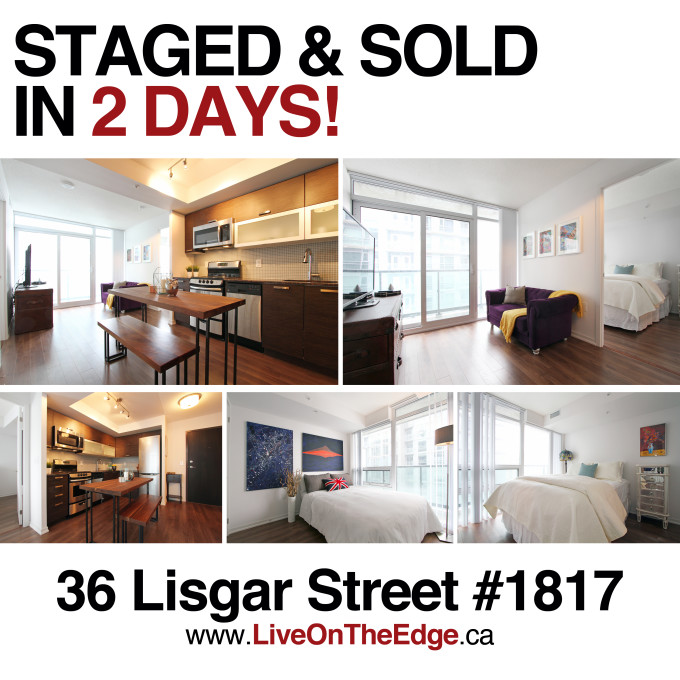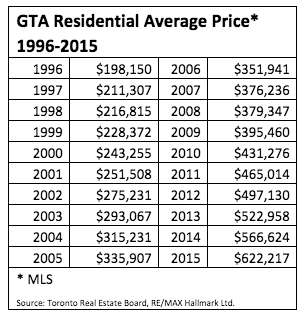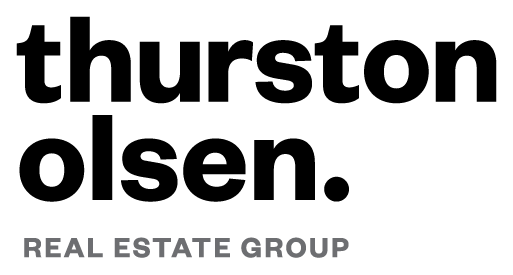Toronto Ranked One Of The Most Innovative Cities In The World
Toronto was ranked as one of the most innovative cities in the world, according to a new report from the Melbourne-based organization 2thinknow.
According to the 2016-2017 Innovation Cities Index, Toronto ranked eighth out of 500 cities worldwide.
As CTV News reports, 2thinknow grades each city in three categories – cultural assets, human infrastructure and networked markets – to determine its overall potential for fostering innovation.
London, New York and Tokyo took the top three spots, respectively. Montreal came in at 19 and Vancouver ranked 24th.
SOURCE: BlogTO

